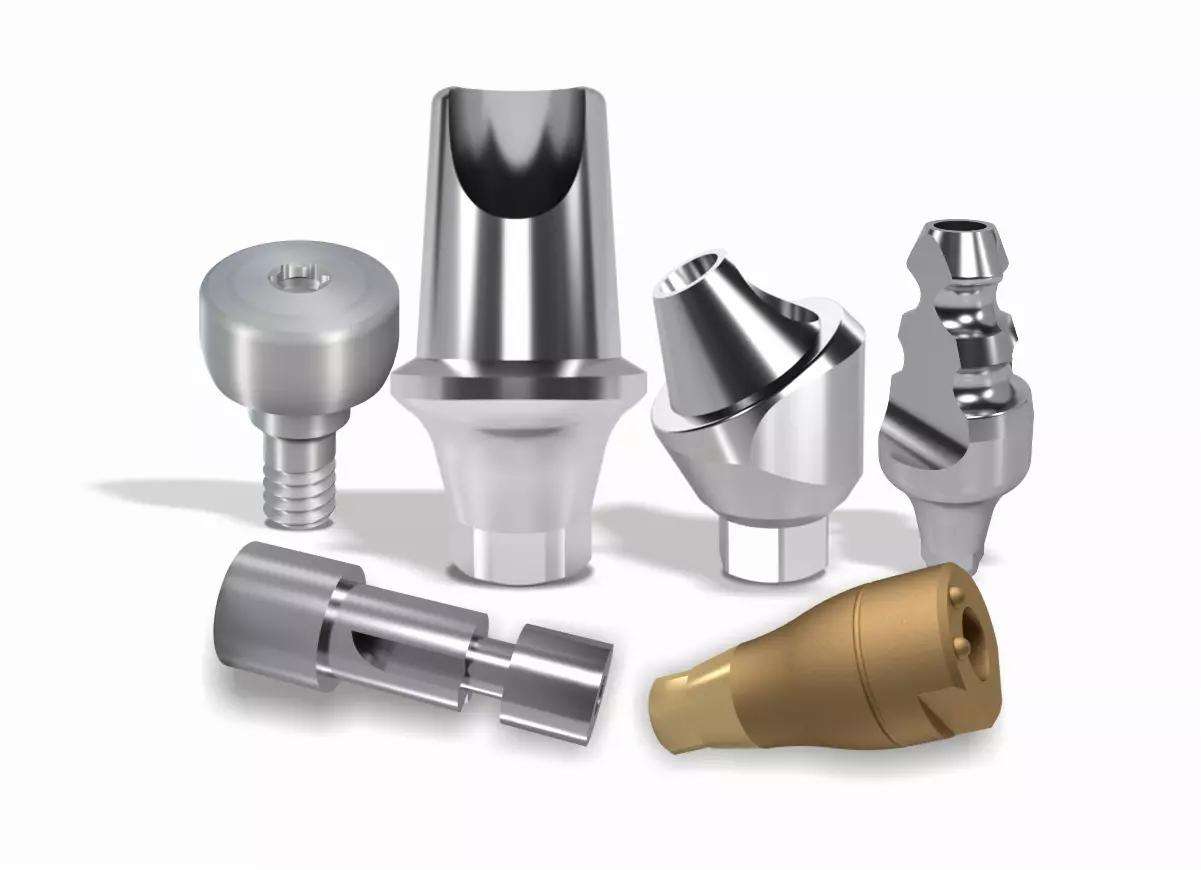dadasd
24
2025.01
What to Expect During a Dental Implant Surgery: A Step-by-Step Guide
Dental implants have become a cornerstone in restorative dentistry, providing a reliable and aesthetically pleasing solution for individuals with missing teeth. Unlike traditional dentures or bridges, dental implants offer a permanent solution that mimics the function and appearance of natural teeth. This guide aims to provide a comprehensive overview of what to expect during dental implant surgery, from the initial consultation to post-surgery care, ensuring that patients are well-prepared for the entire process.
Introduction
Dental implants are titanium posts surgically inserted into the jawbone, acting as artificial tooth roots. They not only restore the functionality of your bite but also enhance your smile's appearance. The significance of dental implants goes beyond aesthetics; they play a crucial role in preventing bone loss and maintaining facial structure. Preparing for the procedure involves understanding the steps involved and following your dentist's recommendations closely.
Initial Consultation and Planning
The journey towards receiving dental implants begins with an initial consultation. This step is critical as it sets the foundation for the entire procedure. Here's what you can expect during this phase:
Examination and Imaging: Your dentist will conduct a thorough examination of your oral health. This typically includes X-rays and possibly 3D imaging (CT scans) to assess the condition of your jawbone and surrounding teeth. These images are essential for determining the best placement for the implant and identifying whether additional procedures, such as bone grafting, are necessary.
Assessing Oral Health: Your overall oral health will be evaluated, including an examination for gum disease or cavities. Any existing dental issues must be addressed before proceeding with implants, as they could affect healing and integration.
Determining Candidacy: Factors such as bone density, gum health, lifestyle habits (like smoking), and medical history will be considered to determine if you are a suitable candidate for dental implants. If you have insufficient bone density, your dentist may recommend procedures like bone grafting to augment the jawbone.
Step-by-Step Overview of the Implant Procedure
Once you are deemed a candidate for dental implants, the surgical procedure can commence. Here's a detailed breakdown of what to expect during each step:
Local Anesthesia or Sedation: To ensure your comfort throughout the procedure, local anesthesia is administered to numb the area where the implant will be placed. For patients who experience anxiety or those undergoing more extensive work, sedation options may be available.
The Surgical Process:
The first step involves making an incision in the gum tissue to expose the underlying jawbone.
A small hole is then drilled into the bone where the titanium implant will be inserted.
The implant is carefully placed into this hole and secured firmly.
After placement, the gum tissue is stitched back over the implant to promote healing.
Temporary Restorations During Healing: In some cases, a temporary crown may be placed on top of the implant while it heals. This allows patients to maintain aesthetics and function during the healing process.
Post-Surgery Care
Proper care after surgery is crucial for ensuring successful healing and integration of the implant:
Managing Pain and Swelling: It is normal to experience some discomfort and swelling following surgery. Ice packs can be applied to reduce swelling, while over-the-counter pain relievers like ibuprofen can help manage pain effectively.
Diet and Activity Restrictions: For the first few days post-surgery, it is advisable to stick to soft foods that require minimal chewing. Avoid hard or crunchy foods that could disturb the surgical site. Additionally, refrain from strenuous activities that could impede healing.
Oral Hygiene Tips: Maintaining good oral hygiene is vital after surgery. Gently brush your teeth but avoid vigorous rinsing or touching the surgical site for at least 24 hours post-operation. After this period, you can resume normal brushing but should use caution around the implant area.
Healing Process
The healing process following dental implant surgery involves several key stages:
Osseointegration: One of the most critical phases in recovery is osseointegration, where the implant fuses with the jawbone. This process typically takes between 3 to 6 months and is essential for providing stability and support for your new tooth.
Follow-Up Visits and Adjustments: Regular follow-up appointments will be scheduled during this healing phase to monitor progress and ensure that osseointegration is occurring as expected. Your dentist may take additional X-rays or perform examinations during these visits.
Conclusion
Long-term care for dental implants is essential for their success and longevity. Here are some important aspects to consider:
Regular Check-Ups: Schedule routine visits with your dentist every six months for professional cleanings and examinations. These visits help monitor your oral health and ensure that your implants remain in good condition.
Oral Hygiene Maintenance: Continue practicing excellent oral hygiene by brushing twice daily with fluoride toothpaste and flossing regularly around your implants using specialized tools if necessary.
Expected Results: With proper care, dental implants can last a lifetime, significantly improving your quality of life by restoring function and enhancing aesthetics. Patients often report increased confidence in their smiles along with improved chewing ability compared to traditional dentures or bridges.
In summary, understanding what to expect during dental implant surgery can alleviate anxiety and prepare you for a successful outcome. The benefits of dental implants extend beyond mere aesthetics; they contribute significantly to overall oral health and well-being. If you have further questions or concerns about dental implants, consult with your dentist for personalized advice tailored to your needs. Embracing this journey towards restored oral functionality can lead to lasting satisfaction with your smile and improved quality of life.









